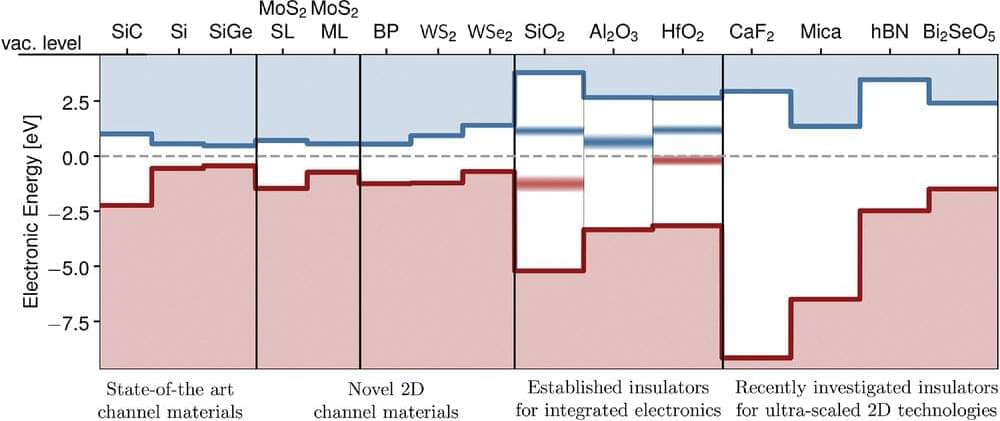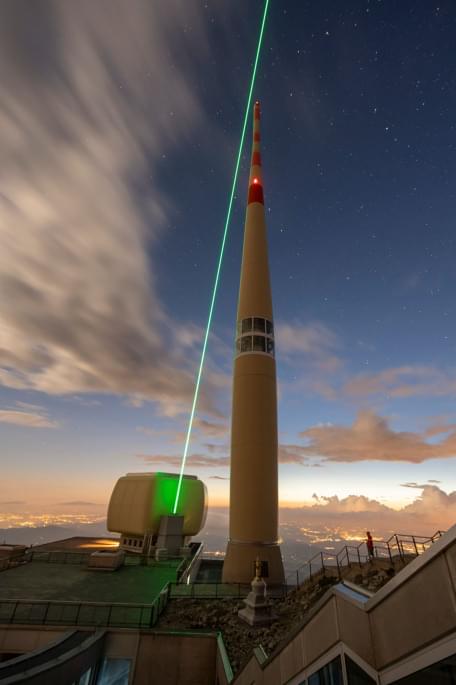For decades, transistors—the heart of computer chips—have been getting smaller and smaller. As a result, the electronic components in many devices can be made even more compact, faster and also more powerful. But is this development coming to a natural halt? The smaller the components, the greater the danger that individual defects in the atomic structure will significantly change the behavior of the component. This applies to the established silicon technology and novel nanotechnologies based on 2D materials.
At Vienna University of Technology (TU Wien), intensive work has been done on the physical description of this problem at the transistor level. Now the researchers are going a step further and looking at the influence of defects at the level of electronic circuits, which sometimes consist of several—sometimes even billions—of transistors. In some cases, individual transistors can operate outside the desired specification, but still perform well as part of a circuit consisting of several transistors. With this new approach at the circuit level, significant advances in miniaturization are still possible.
The study is published in the journal Advanced Materials.





